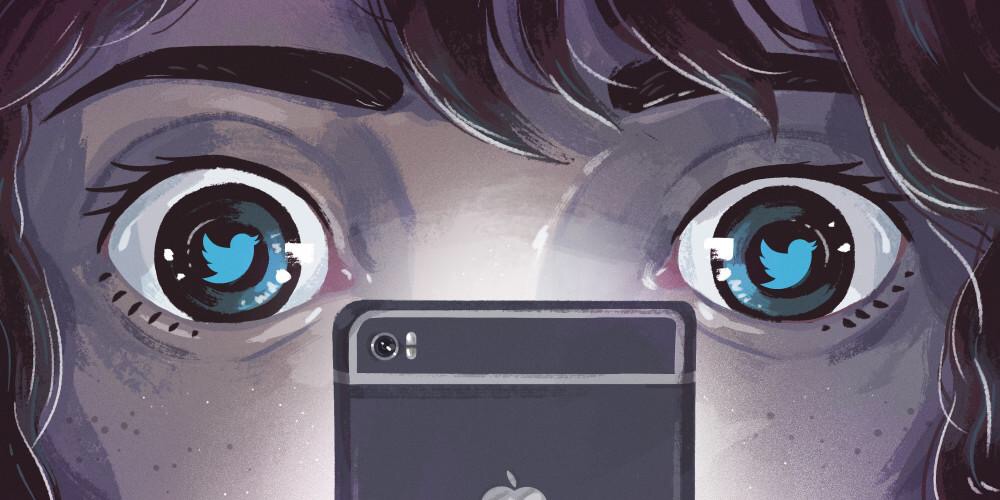 Up until this month, the only way to experience Twitter was to sign up and start taking the plunge. For the uninitiated, using Twitter was a formidable challenge in a new and foreign language.
Up until this month, the only way to experience Twitter was to sign up and start taking the plunge. For the uninitiated, using Twitter was a formidable challenge in a new and foreign language.
So their recent homepage redesign – with a handful of feeds and suggested categories that you can view without being a registered user – is a great idea for opening up the platform to readers, rather than Tweeters.
Yet as Brian Barrett in Wired notes, it falls short of providing the casual observer with the thing that makes Twitter so great – the human interaction and ongoing conversation where celebs, stars and the rest of us all have equal weight in a cohesive conversation.
Barrett explains that the way Twitter organizes their suggested streams is around the personalities involved – “NBA Players instead of NBA. Country Artists, not Country music. And that’s where the trouble starts.”
“NBA players and chefs—the ones who are enjoyable on Twitter, anyway—tweet about all kinds of things,” Barrett writes. “Likewise journalists, likewise reality TV stars. Any group of individuals will create a scrambled and hard-to-parse streaming experience, precisely because they’re individuals.”
On the other extreme are the categories that are centered on brands, not people, and those tend to read like an ongoing stream of marketing (which they are).
“The two types of feeds you’re left with, then, are either jarring or bland; it’s a group of individuals who happen to share the same (high-profile, celebrity-status) jobs but few consistent interests, or the interests themselves bled of all personality. Neither of those visions of Twitter keeps people coming back,” Barrett notes.
His suggestion is to offer streams based on keywords or subject matter “that include quality tweets no matter who they come from. Eventually, the homepage could evolve to focus on events and topics rather than personalities and brands, a low-key, tightly curated evolution of the hashtag for people who don’t know what one is. You can imagine an Oscars stream on Oscars night being useful and fun for people who have no intention of joining the 140 character fray themselves.”
Barrett is spot on that this is where Twitter could truly engage, rather than alienate, the casual reader. Let’s see if they can get this sorted out.
